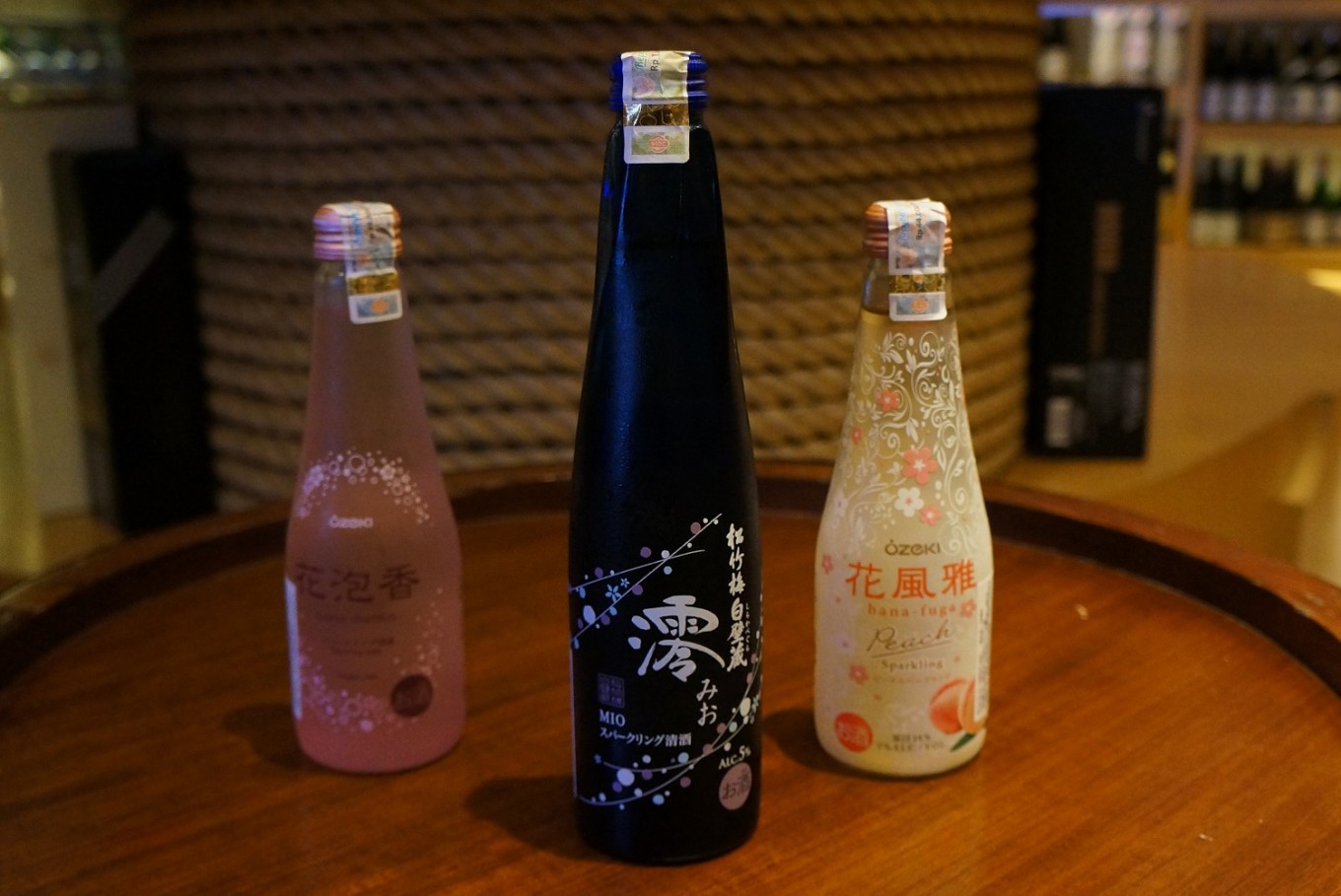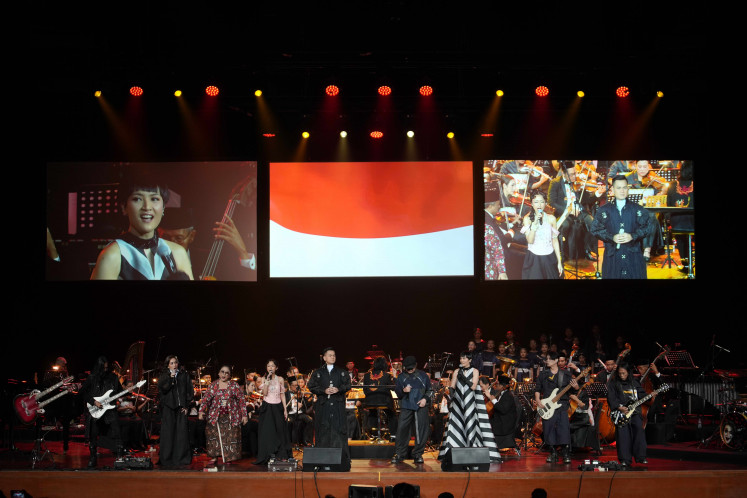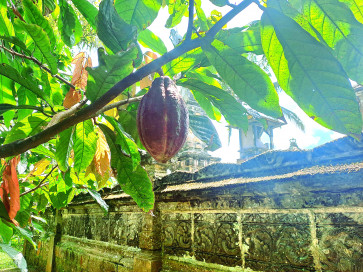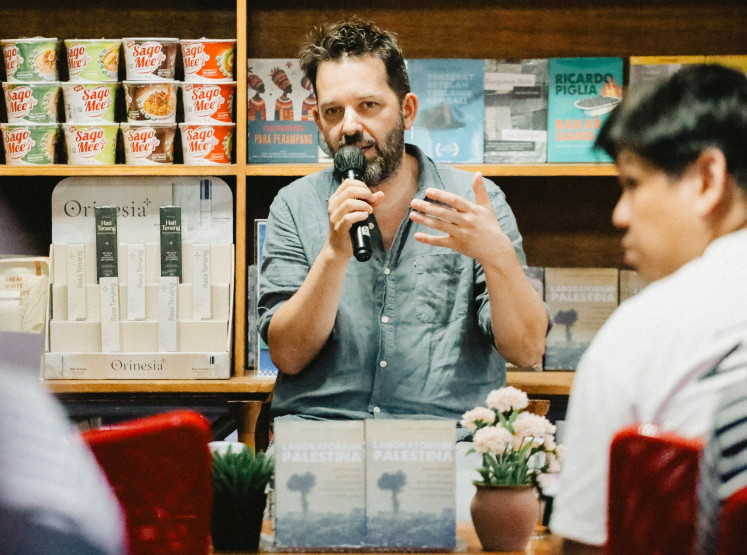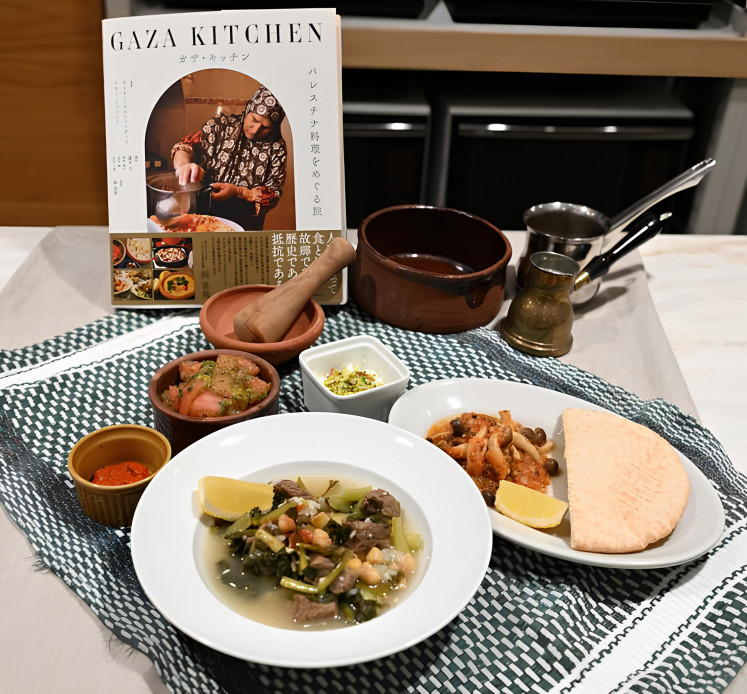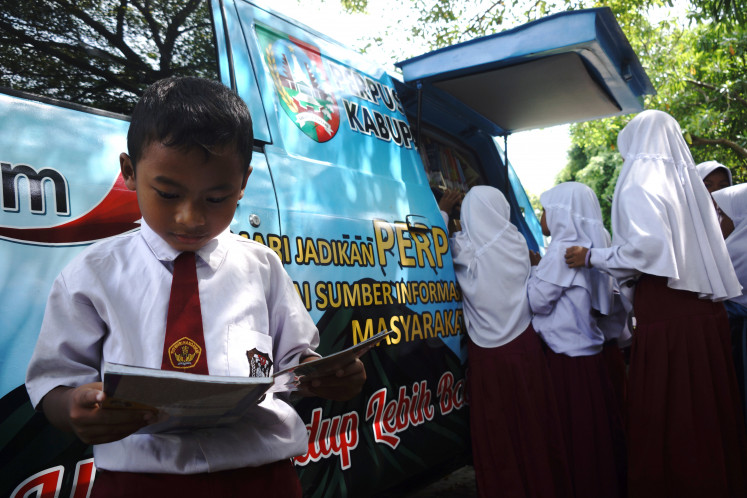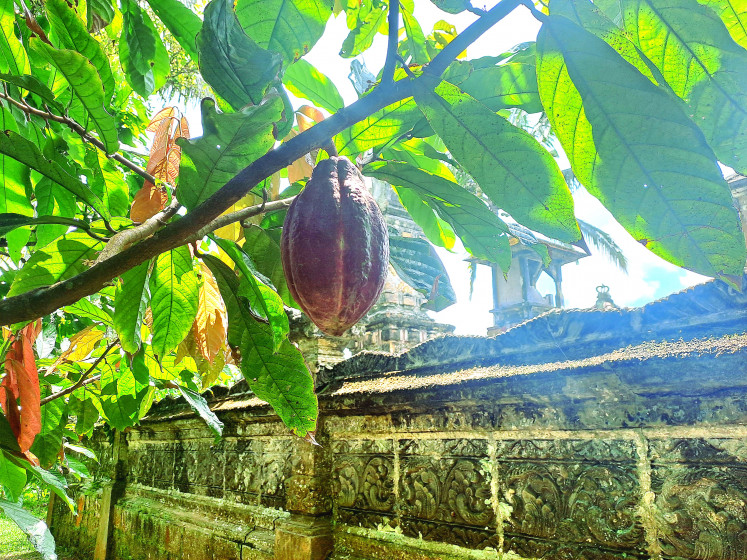Popular Reads
Top Results
Can't find what you're looking for?
View all search resultsPopular Reads
Top Results
Can't find what you're looking for?
View all search resultsSparkling sake marks new era for Japan's traditional drink
In life, change is inevitable. For Japan, change comes in the form of sparkling sake.
Change text size
Gift Premium Articles
to Anyone
Sake, a beverage made from fermented rice, is a symbol of Japanese tradition, having been around for more than 1,000 years.
However, in life change is inevitable. For Japan, change comes in the form of sparkling sake.
“Sparkling sake is the new wave of sake,” Takara Shuzo Asia Pacific sales and marketing manager, Yusaku Shimizu, told The Jakarta Post on Thursday. Based in Kyoto, Takara Shuzo is the producer of Mio Sparkling Sake, which currently has about 80 percent of market share in Japan.
Shimizu said the trend began six years ago in Japan. In regards to Mio Sparkling Sake, the brand is seen to be revolutionary as it can last up to 10 months. “Previously, other companies had created sparkling sake. However, its short shelf life became a challenge,” said Shimizu.
“In the beginning, we only launched [sparkling sake] in restaurants. As the popularity increased, we expanded to retailers,” said Shimizu, adding that the brand’s sparkling sake could be stored at room temperature, making it easy to handle.
Mio Sparkling Sake is currently also available in Indonesia.
Read also: Jay-Z’s new A2 champagne costs $850 a bottle
Since the trend spreads, other sake distilleries have started to add sparkling sake to their line of products. Tatenokawa is one of them.
Founded in 1832, Tatenokawa is recognized as the producer of junmai daiginjo, an A-list type of sake. Naomi Obata, Tatenokawa representative for sales and planning department, told the Post that although the company still focuses on selling junmai daiginjo, it started to produce sparkling sake about one year ago because of the high demand.
During a friendly dinner at Sake+ restaurant in South Jakarta, Natsuki Tanaka, a representative of Ozeki Corporation's overseas business department, even recommended sparkling sake for a first-time sake drinker.
Tanaka said that the low alcohol content in sparkling sake makes it a safer bet for first-timers. “Beginners to sake may not be fond of the strong taste of the classic sake. The alcohol level [in sparkling sake] is only about 5 percent,” said Tanaka, adding that this low alcohol percentage makes sparkling sake popular among women too. (kes)

